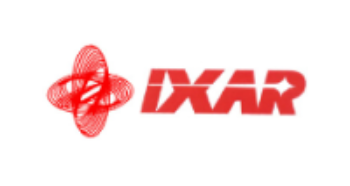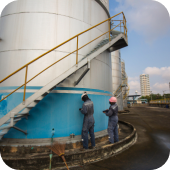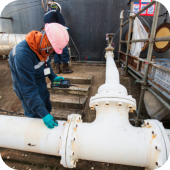Industrial X-Ray & Allied Radiographers (I) Pvt. Ltd. popularly known as IXAR was founded in 1969 and humbly started its activities in Radiography, one of the Non-Destructive Testing methods.
The hard work, sincerity and dedication put together have brought the company to its present standing with the inclusion of all the NDT test methods under its wing. This includes test methods like Ultrasonic, Magnetic particle, Liquid Penetrant, and Eddy current. As a matter of pride, There is not a single project of a typical nature in India where IXAR has not worked and thus, the vast experience gained is the base for its full confidence to undertake any challenging job irrespective of size and technical complexities. 26th January 1985 was the landmark day for the company when the office was shifted to a new building measuring 5000sq, ft. floor space.














